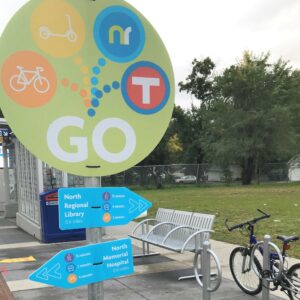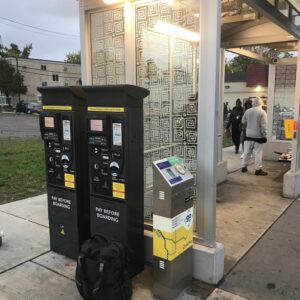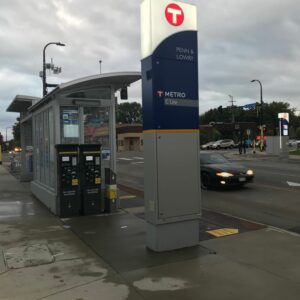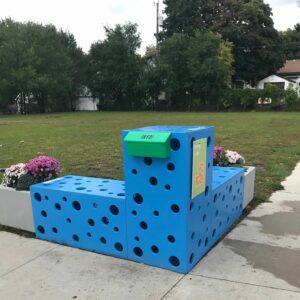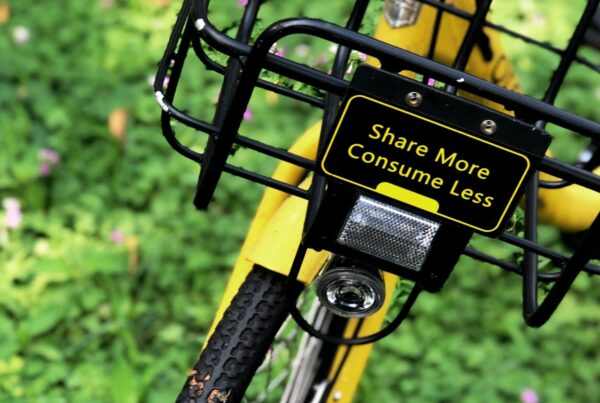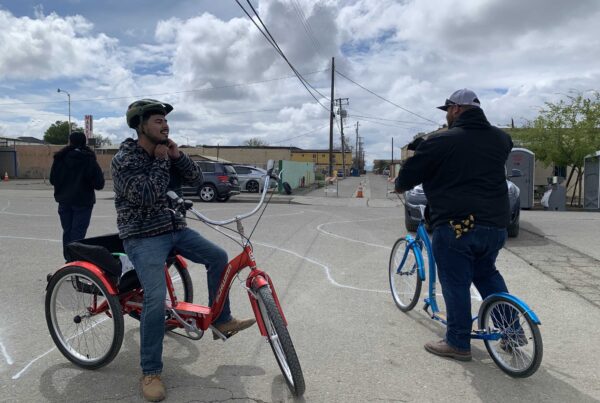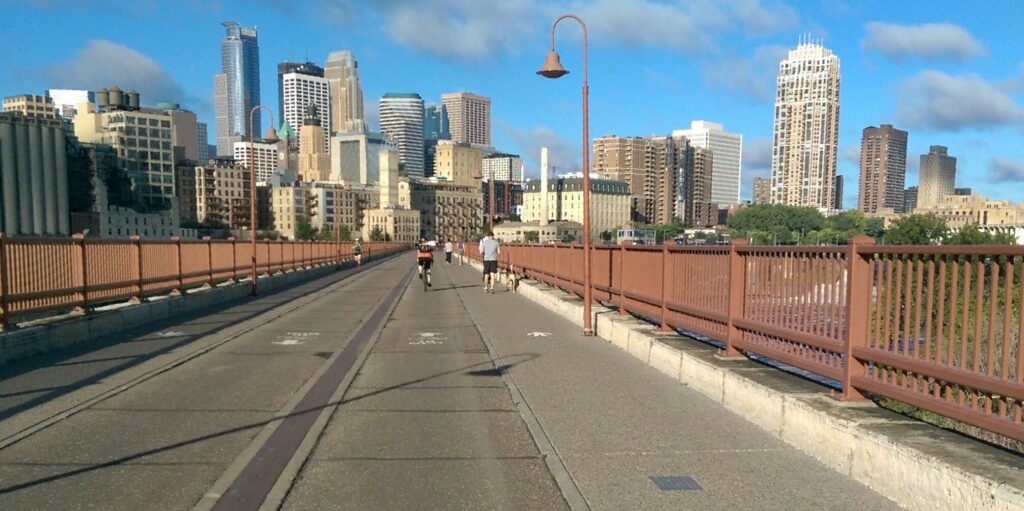 Four mobility hubs have launched in North Minneapolis and they are just the beginning. Eight more of these centers, which bring together shared mobility services near transit stops, will open in the South and Northeast areas of the City. Some of these locations are in low-income or underserved communities where the hubs make it easier to access a variety of affordable travel options in one place.
Four mobility hubs have launched in North Minneapolis and they are just the beginning. Eight more of these centers, which bring together shared mobility services near transit stops, will open in the South and Northeast areas of the City. Some of these locations are in low-income or underserved communities where the hubs make it easier to access a variety of affordable travel options in one place.
Mobility Hubs are more than multipurpose transit stops, however. They are places where the community can gather and learn about new ways of getting around. They are connection points to fill transit gaps and to access all the elements of a happy, productive life no matter your income or ability. They are tangible facilitators of opportunity and access.
The genesis of the new hubs was the Shared-Use Mobility Center’s 2017 Twin Cities Shared Mobility Action Plan. Developed by a large group of Twin Cities stakeholders with the support of the McKnight Foundation, the Action Plan provides a roadmap for how the region can address several pressing challenges—including looming congestion issues related to population growth, ongoing disparities in transportation access, and intensifying competition with peer cities for residents and businesses—by equitably scaling up shared mobility and public transit.
On a typical day, Metro Transit’s high-frequency buses stop by every 10 minutes or less, as residents come aboard or hop on a Nice Ride bikeshare bike or a dockless scooter. Other people relax and mingle on benches, among placemaking elements that appeal to passersby. The design of these hubs, which were implemented in collaboration with Metro Transit, Hennepin County, and mobility providers and neighborhood organizations, with support from the Bloomberg Philanthropies American Cities Climate Challenge, is no accident.
After the release of the Action Plan, SUMC and local practitioners set up a committee of public agencies, private companies, universities, and community groups known as the Twin Cities Shared Mobility Collaborative to activate its recommendations, including mobility hubs. To kickstart their development, SUMC produced a detailed guide to mobility hubs, which led to the pilots in Minneapolis and St. Paul.
St. Paul’s approach to mobility hubs features a different mode: electric vehicle carshare. The program planned for the Twin Cities in partnership with local electric utility Xcel Energy and the longstanding community carsharing organization Hourcar consists of a fleet of Battery Electric Vehicles that will be supported by a network of mobility hubs with charging infrastructure. The program is expected to start service in 2020.
While the mobility options differ, both cities ultimately hope to develop a centralized, unified approach in the build-out of permanent mobility hubs. Moreover, the underlying goal is the same: to increase mobility options for residents in a way that does not require the use of a private automobile, increasing equity and job access and helping to decrease the effects of climate change—benefits with an impact that stretches far beyond Minnesota.

